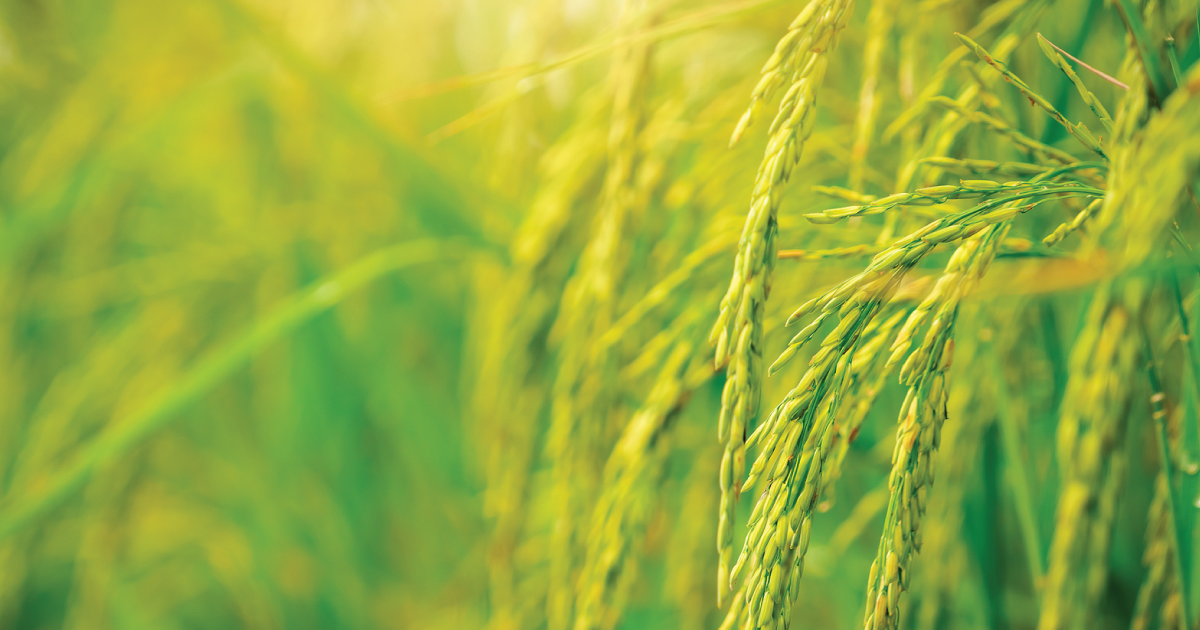
System of Rice Intensification
Helping farmers adopt the System of Rice Intensification (SRI) enables them to grow far more food more cost-effectively and sustainably, producing higher yields with less water, fertilizer, seeds, and labor.
November 29, 2021 | Source: OXFAM | by
Helping farmers adopt the System of Rice Intensification (SRI) enables them to grow far more food more cost-effectively and sustainably, producing higher yields with less water, fertilizer, seeds, and labor.
The world’s poor populations depend more on rice—for both income and consumption—than any other food. Rice is the single-largest source of employment and income for rural people; rice fields cover 11 percent of Earth’s arable land. But rice production has a significant environmental footprint. Current practices are wasteful of increasingly scarce and costly resources such as water and fossil fuels. Heavily fertilized, continuously flooded rice fields produce greenhouse gases that contribute to global warming, and misuse of inorganic fertilizers and agrochemicals results in soil and water pollution. Rice cultivation is currently using up about one-quarter to one-third of the world’s annual supply of fresh water.
The need to produce more with less will only grow more acute in the future. Farmers will need to cope with less arable land per person, rising energy costs, limited access to water, and changing weather patterns and other adverse impacts of climate change.
